Our ancestors from ancient India have invented so many useful things, whose references are being used in combating modern-day problems. Water conservation methods are one such area from the pages of ancient India.
The excellent water harvesting and drainage systems in the cities of Indus Valley Civilization are masterpieces of their time and were so prominent that even today’s modern-day water harvesting structures can be based upon their design. This is just one example; let us see what other water conservation techniques were practiced by our ancestors and how effective are they.
Since the list is long, this blog is the first part of the two-blog series. Here are the first 10 techniques.
-
Jhalara
The rectangularly shaped stepwells (steps down to a well) that have tiered steps on three or four sides, were constructed to collect the water from the upstream reservoir or a lake. The oldest known Jhalara dates back to 550 AD and was built to fill the water demand-supply gap during the season of scanty monsoon.
These are beautiful structures and quite efficient.
-
Talab / Bandhi
Talabs are the medium-sized reservoirs (more than 5 bighas). There are either natural or man-made structures which were used to store water for household consumption and drinking purposes. They were also built to regulate the flow of water and prevent flooding. The largest man-made Talab in India (area-wise) is the lake Hirakud in Odissa built on Mahanadi. It has the area of 750 sq.km.
-
Bawari
Bawari is an another type of stepwells built around the reservoirs to narrow and deepen them, which helps in minimizing the loss of water through evaporation. In the areas where rainfall is scanty, like Rajasthan, the Bawari was the intricate part of cities’ water storage network. With the construction of the canal that used to divert the rainwater into the human-made tanks, the major water issues of the population were solved. Also, the water could percolate into the ground and raise the water table, thus recharging the aquifers. Chand Baori, in Rajasthan, is the deepest and largest Bawari in India, with 3,500 narrow steps built over 13 storeys.
-
Taanka
Taanka is like a modern-day tank used in rainwater harvesting system, for storing huge amount of water. This water harvesting technique is indigenous to the Thar desert region of Rajasthan. The Taanka is built as a cylindrical paved underground pit which is filled by rainwater received from rooftops, courtyards or other manmade catchment areas. It can store water which can last throughout the dry season and can save the tedious labour of fetching water from distant places, to meet everyday necessities.
-
Ahar Pynes
Native to South Bihar, Ahar Pynes are reservoirs with embankments on three sides, built at the end of diversion channels like pynes, for harvesting floodwater. This helped in saving the civilization from the havoc of floods along with providing great reserves for irrigation in the dry months. Due to Ahar Pynes, the high-water demanding Paddy cultivation can be done without any apprehensions.
-
Johads
A naturally occurring 3-sided high elevated regions were excavated for building an earthen storage pit called Johads, and were oldest systems that were built to conserve and recharge groundwater. The excavated soil was used to build a wall for covering the fourth side of the region. Several Johads were made into a long network by interconnecting each other to form a strong structure which is resistant to any damage. This network has a single outlet opening into a river or nearby stream.
-
Panam Keni
A special type of cylindrical well called Panam Keni was made by the Kuruma tribe, a native tribe of Wayanad, Kerala, by soaking the stems of toddy palms in water. Due to soaking for long period, the core rots away, leaving only the hard outer layer. These cylinders of 4 feet in diameter and depth are immersed in the groundwater springs in the fields or forests. This structure helps in supplying abundant water even in the hottest months of the year. These wells are considered sacred, that is why, even till today, the tribal use the Keni water for the cooking or drinking purposes only and not for washing clothes or bathing. Wearing footwear near these wells was considered sinful. At present, there are 200 Kenis in Wayanad.
-
Khadin
A 15th Century irrigation method, Khadin, were constructions designed to harvest surface runoff water for agriculture. Paliwal Brahmins of Jaisalmer were the first to bring this method of water conservation into implementation. Khadin (also known as Dhora) was the long earthen embankment that was built across the hill slopes of gravelly uplands where sluices (channels) and spillways allow the excess water to drain off. The land with saturated water can be used for crop production.
-
Kund
According to the pages of history, Raja Sur Singh was believed to have built the earliest known Kunds, in the village of Vadi Ka Melan, somewhere around 1607 AD. A kund was a saucer-shaped catchment area that has a gentle slope towards the central circular underground well. It was designed to harvest rainwater for drinking. The ancient versions of Kund were covered in disinfectant lime and ash, but modern Kunds simply use cement for their construction.
-
Baoli
Baoli was another stepwell structure, beautifully created into arches, carved motifs and at some places, rooms on either side. A Baoli represent different significance, based on the location it was built – a village Baoli was used for social gatherings and utilitarian purposes; a Baoli on trade routes served as a resting place. This structure was open for the free drawing of water by people of any religion or caste. Chandi Baori, Rajasthan, Agrasen ki Baoli, Delhi, Rani ki Vav, Gujarat, Hampi Pushkarani Karnataka, are some famous Baolis one must see.
Well! This isn’t all. There are more fascinating methods from ancient India that helped in conserving water for ages and are still doing it. Jump to the rest of the list.

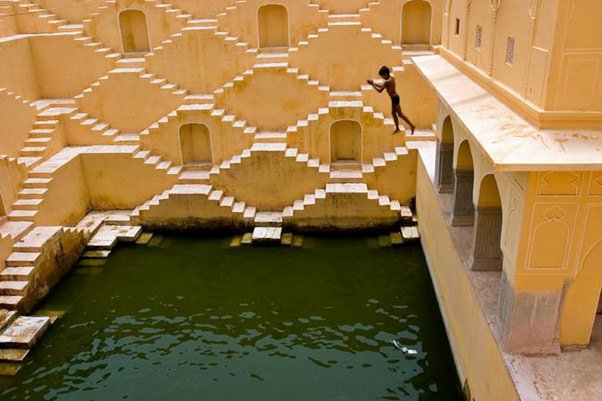

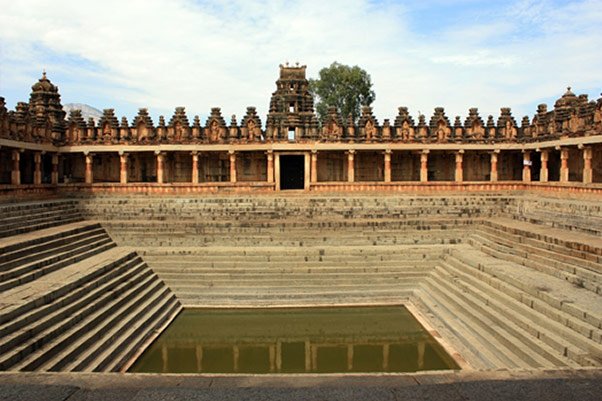
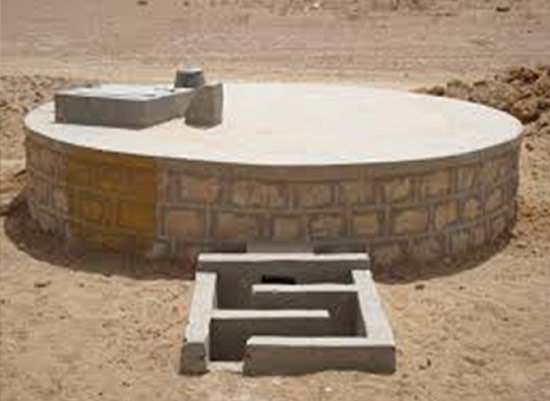
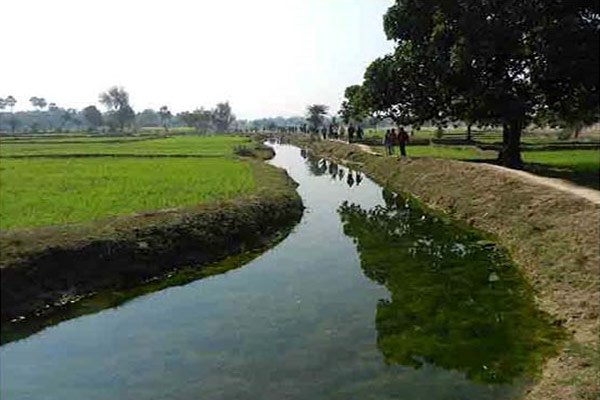
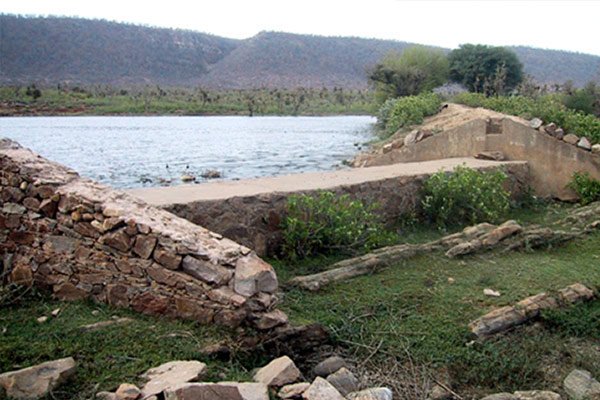
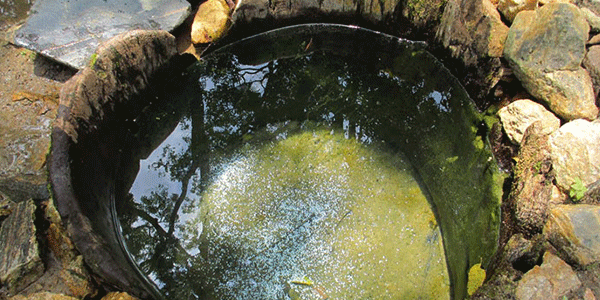

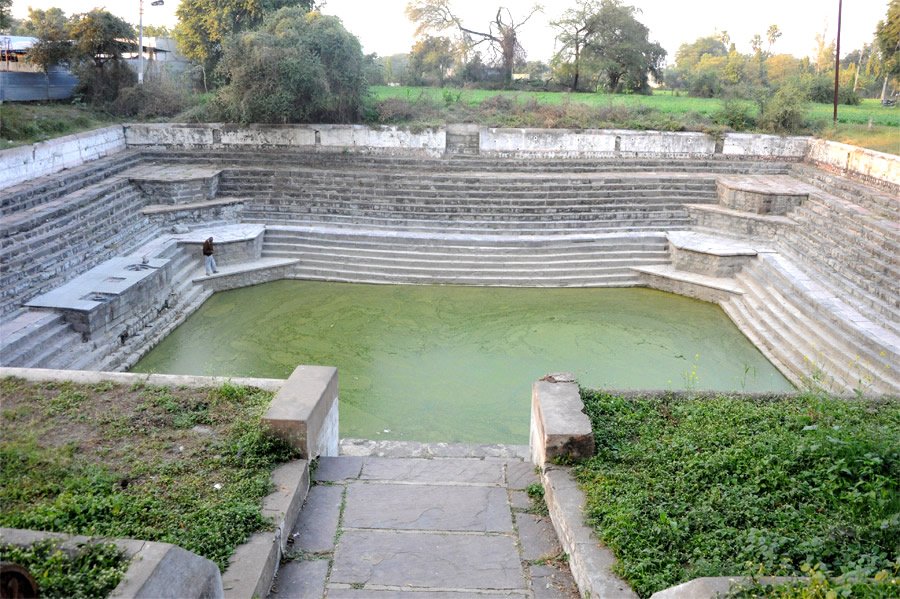
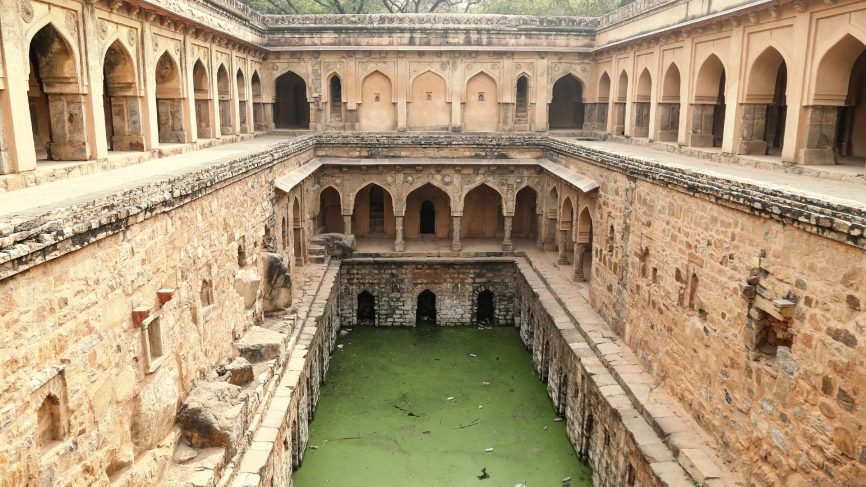
1 thought on “Ancient Indian Water Conservation Techniques – Part 1”